This article has been updated:
-
15 July 2018: Added Peak Design Everyday Messenger V2
-
15 May 2018: Added section on stability
-
26 December 2017: Added Cascable as an alternative app to the stock Fujifilm Camera Remote app.
The Fuji X-T2 is a fantastic camera, and you’ll probably be spending quite a fair bit more on Fujifilm’s fantastic lenses. Don’t forget some of these other essentials that can make your Fuji X-T2 an even better camera though. Here are my recommendations:
Fujifilm VPB-XT2 Vertical Power Booster Grip
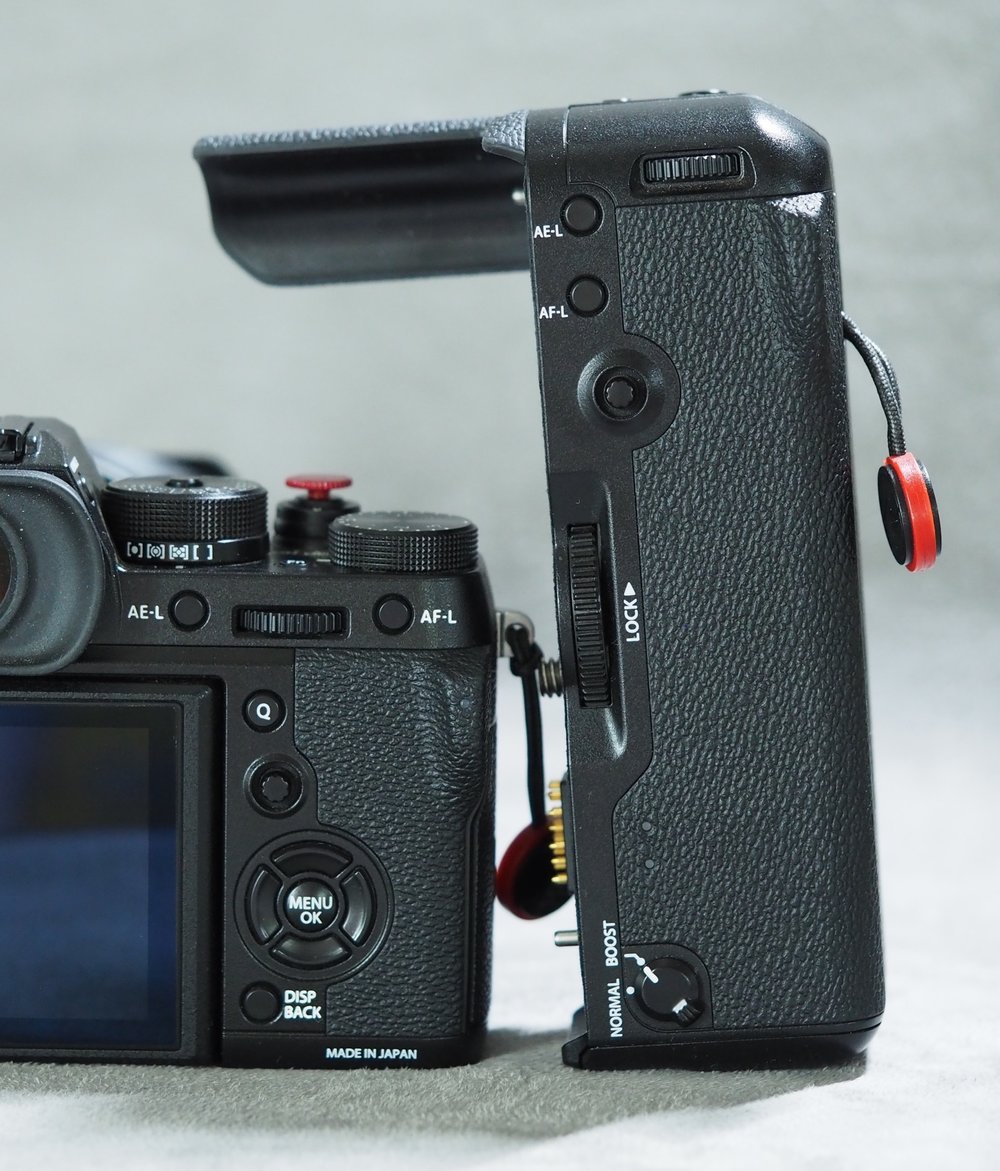
This the soulmate of the Fuji X-T2. Not only does it allow you to use 3 batteries, but it unlocks certain features like allowing you to shoot at 11fps continuously, as well as recording 4K video up to 30 minutes. I also find it essential for long interval shooting sessions like time-lapses or blue hour bracketing. You can just set the Fuji X-T2 to interval timer shooting and leave it while you enjoy the scene.
A few spare batteries – Fujifilm NP-W126S
I always recommend leaving the X-T2 in High Performance mode because it’s all about getting that shot, even when you least expect it. Obviously this impacts your battery life, so it’s important to bring one or two spare batteries along. I also recommend getting the original batteries as they have been designed to prevent overheating, which can be an issue when continuously shooting 4K videos or shooting in CH mode on a summer safari.
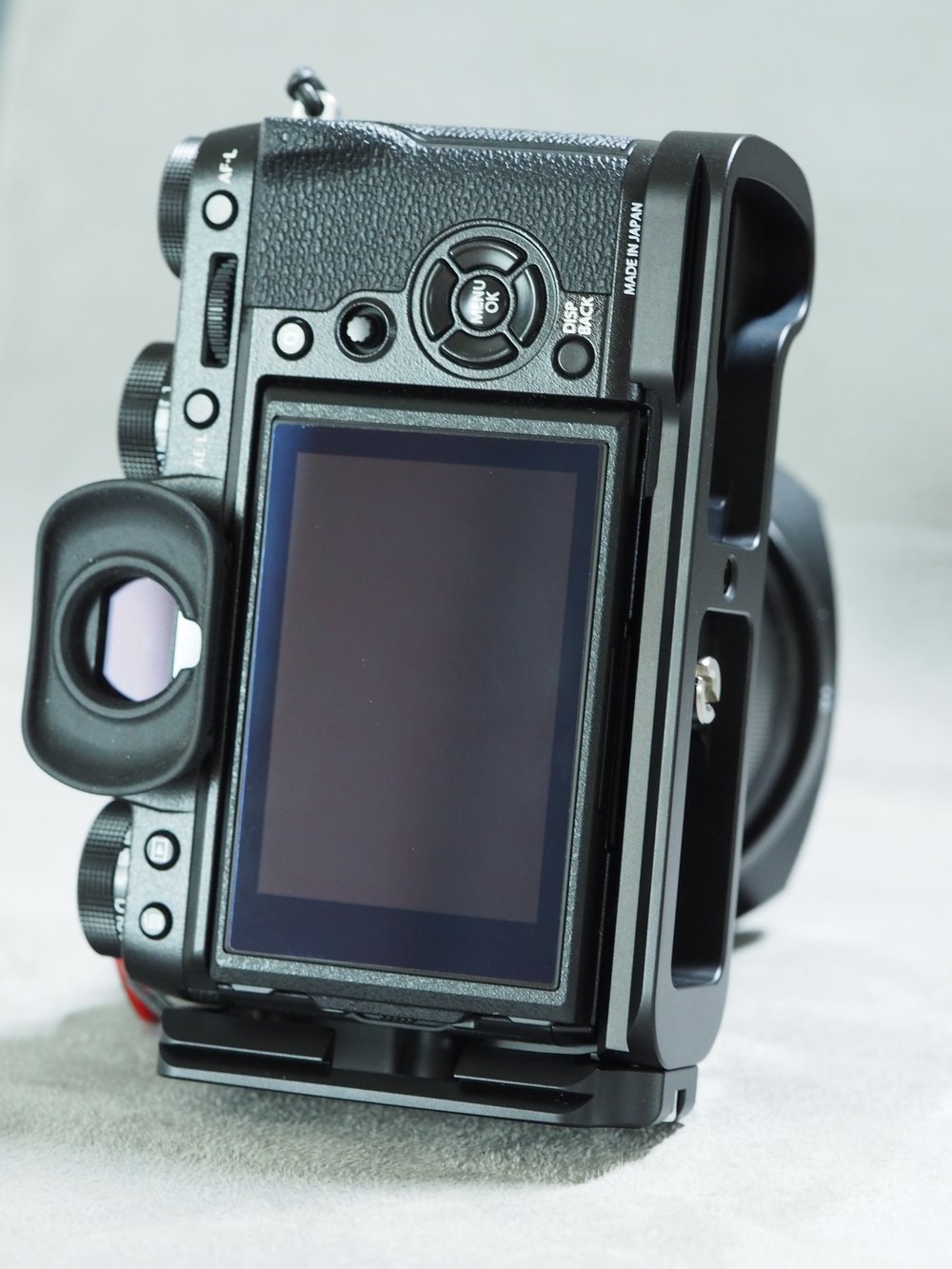
A cheap, good enough aluminium L-bracket
An L bracket is the first step to shooting panoramic exposures. Having one allows you to mount the camera in a portrait orientation and center the axis of the lens so that the camera rotates around it. I’ve had well-made L brackets (like the excellent ones made by Markins) and “good enough” L brackets before, and I’ve found the latter to be very sufficient. Just be careful not to screw it on too hard as the screw is made of a rather soft metal.
There are many ones out there that probably come from the same factory in China, follow the links below for some of them.
UHS-II SD Cards
A UHS-II SD Card allows your camera to break the 95MB/s barrier when writing to the cards, which means that photos will be offloaded faster. This in turn means that you can shoot bursts for longer durations before the rate slows down. The Sandisk ones below have a write speed of up to 300MB/s.
UHS-II SD Card Reader
I wasn’t disappointed at all when the newer MacBook Pros left out the SD card reader, as the older ones weren’t even a UHS-II class. I use a Lexar one that came free with a UHS-II SD card I bought some time ago, unfortunately it’s been discontinued. Thankfully Kingston makes an affordable one (under US$10 at time of writing) that you can just leave permanently attached to a USB-C to USB-A dongle.
Add a personal touch with a soft shutter button
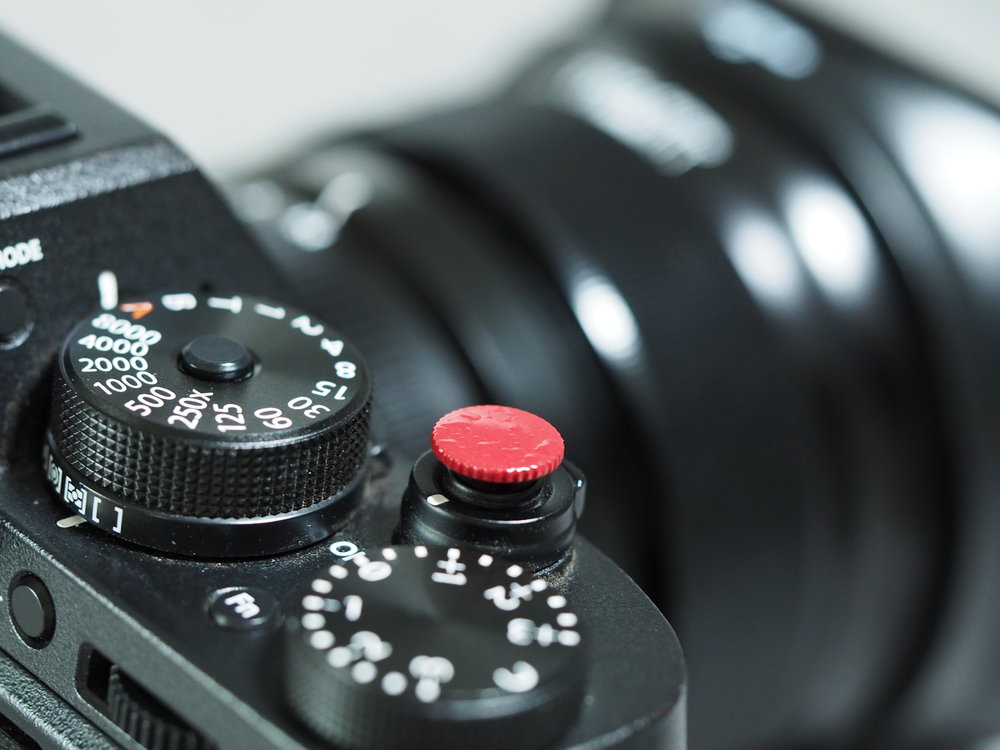
If you ever needed an excuse for adding a “fashion accessory” for your camera, Fujifilm has got you covered with a threaded shutter. This is pretty much a personal choice, so I’m just including a link to one that I like below.
One bonus perk of a soft shutter button: You don’t have to point out the (rather discreet) shutter button to strangers anymore when asking help for a picture taken.
Go old school with a Mechanical Cable Shutter Release
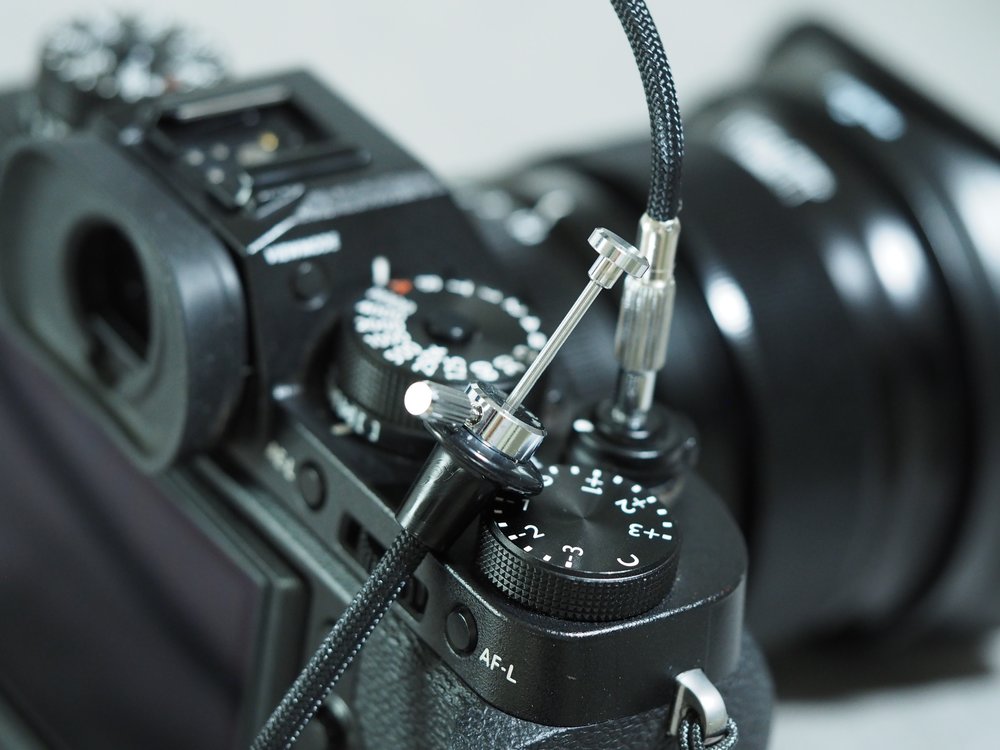
I never grew up with film or without electronics, so I found cable releases really fascinating when I first handled one. Being able to release the shutter without batteries or electronics felt like – and still feels like magic to me.
Dive deep into your camera settings

I read Rico Pfirstinger’s 120 X-pert tips cover to cover when I first got the X-T2. It’s particularly helpful when you are switching from another brand as he covers everything from DR settings to tethered shooting. There have been some minor updates to software since the book was released, but 90% of it is still very helpful. Rico if you’re reading this, please update the book soon! I bought the Kindle edition as it’s always in my iPhone for quick reference.
The best carrying system you can buy by Peak Design
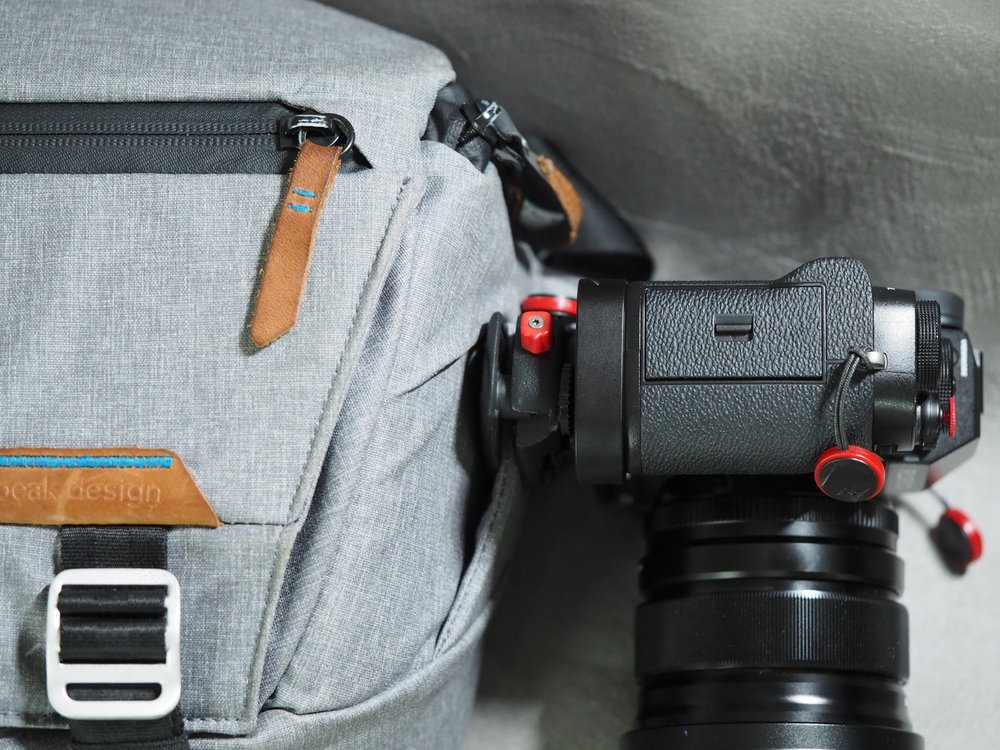
The X-T2 with L Bracket, secured on a a Capture plate mounted on an Everyday Sling, with the new anchors attached directly on the camera.
I’ve been a pretty big fan of their products and have spent my hard-earned money backing their Kickstarter campaigns since It’s amazing that no other company pays the same level of attention to design when it comes to camera accessories.
The bet versatile strap for mirrorless – Peak Design SlideLITE
The included strap is alright, certainly better than the garish ones that scream Canon or Nikon. But you want the strap only when you need it. You might want to take it off when you put it in a dry cabinet, you might want to attach a hand strap, you might even want no strap at all. Having to manually unhook a stock strap needs to be a thing of the past. Having to figure out how to shorten or lengthen one and then fiddling non-stop with it should be a thing on the past.
The Peak Design SlideLITE solves all of the problems above in a strap that’s designed specifically for mirrorless cameras. You can go with the smaller Leash if you’re just shooting with smaller lenses, but the SlideLITE feels more at home when using the XF100-400mm or even the XF50-140mm.
It also comes with an Arca-swiss compatible base plate which makes it easy to mount on the tripod.
Peak Design Anchors – 2017 edition

From L-R: Older, Old and New anchors.
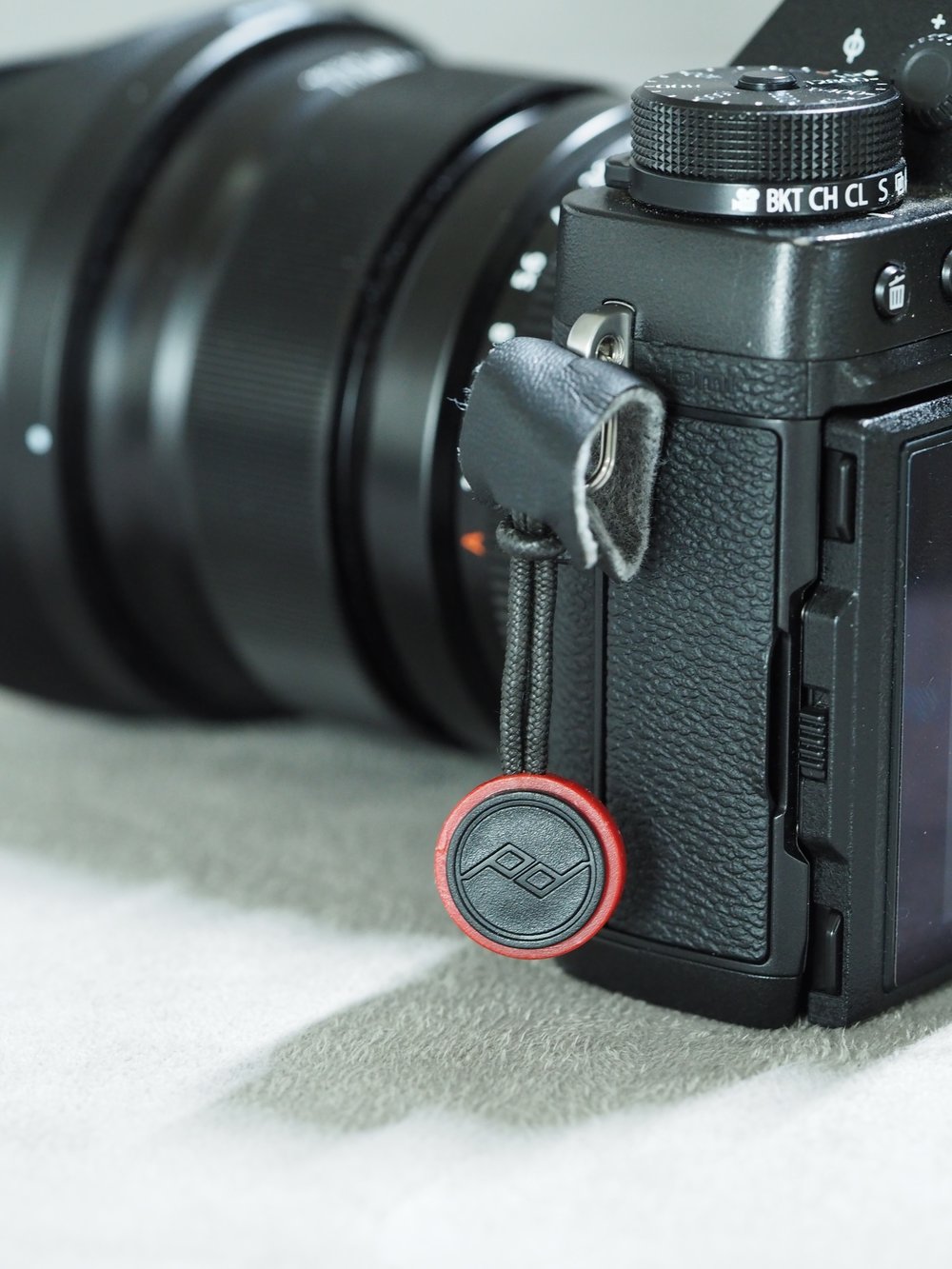
No more putting up with this mess when it comes to attaching an anchor.
Thank the heavens! I love Peak Design’s products but not being able to thread their anchors to the camera directly has been one of my biggest pain points. You always had to attach those triangular things that may end up scratching the camera or added bulk the the areas that your hand needs a solid grip on.
The new anchors are slim enough to fit in the X-T2. No more triangles.
Peak Design Capture
Having the camera easily accessible to you during a photowalk means you’ll likely shoot with it more. The Capture allows you to clip your camera to the side of a sling bag or a backpack strap, leaving it accessible I usually lock the release button when using it on a sling or messenger bag. It’s not 100% theft proof, but makes it noticeable should a thief try to unclip your camera.
Updated 15 May 2018: I’ve amended the links below to reference the new V3 Capture clip and plate, they are superior in every way to the earlier verison.
Peak Design Everyday Sling
This is my favourite bag for everyday shooting. I usually have the X-T2, the XF 16mm F1.4, the XF 23mm F1.4 and XF 56mm F1.2 lenses and an iPad Pro.
Sometimes I even leave my X-T2 clipped on the Capture outside the bag to fit other accessories.
Peak Design Everyday Messenger V2

I have the 15″ version of this and it carries my non-wildlife kit, along with an iPad and a 15″ MacBook Pro. The revised V2 version allows me to plop it on top of a carry on trolley, thus saving my back for the actual taking of photographs. Read my full review here.
Peak Design Everyday Backpack 30L

The Everyday Backpack 30L performed admirably in the extreme conditions of Hokkaido, Japan during winter.
I use this for bird or wildlife photography. It can carry two X-T2 bodies (VPB-XT2 attached) with the XF 100-400mm, XF 50-140mm, XF 16-55mm, my 15” MacBook Pro, my iPad Pro, a few hard drives, a tripod and multiple accessories.
I particularly like the slots that allow me to securely place it on a suitcase. It helps a lot when you’re carrying close to 10KG of gear on your back.
Stabilising the X-T2
Carrying a compact camera like the X-T2 would be pointless without reducing the weight of your other heavier accessories.
Sirui N-1204/5X Tripod
I have three Sirui tripods, this is my favourite for mirrorless cameras like the X-T2 and X-E3. It provides a great balance of excellent stability and portabiltiy. The centre column can be removed for low perspective shots.
This tripod fits very easily onto the carry straps of the Peak Design Everyday Sling 10L.
One of the legs can also be removed to serve as a Monopod, saving you from having to carry another.
Sirui K-20X Ballhead
This ballhead provides more than enough stability for the X-T2 with most of its lenses, even the XF 100-400mm. It has a friction control system that you can set so that your camera doesn’t flop down the ballhead when you loosen the screw.
The included Arca plate is rather large though, I use the Arca mount on the L-bracket or a Peak Design plate instead.
Gorillapod SLR Zoom
This is is a lifesaver in the increasing number of places that don’t allow tripods like many rooftops. Just attach the K-20X ballhead, place it on a wide ledge and you’re fine for stability.
Don’t lose the 1/4” to 3/8” adapter though.
Try Cascable as an alternative to the stock Fujifilm Camera Remote App
The stock Fujifilm camera is atrocious in terms of design and usability. There are rumours that Fujifilm might be updating this, but in the meantime you can try the excellent Cascable as an alternative. Note that this app doesn’t solve RAW transfers over wi-fi, but it should be a lot less frustrating to use.
Wrapping up
Those are my favourite accessories for the X-T2 that have made it an even better camera for me. What are some of yours that I may have left out? Do let me know in the comments below.
Please consider using my links above if you found this article useful.

A good list, but as much as I love most of Peak Design’s products. The backpack is underwhelming, especially for the price. It has some nice ideas baked into it, but its just not very comfortable to use for any lengthy amount of time.
Hi Bob, I’m kind of on the same page but haven’t been able to find another backpack that’s as much of an all-rounder for now… Do let me know if you have any recommendations!